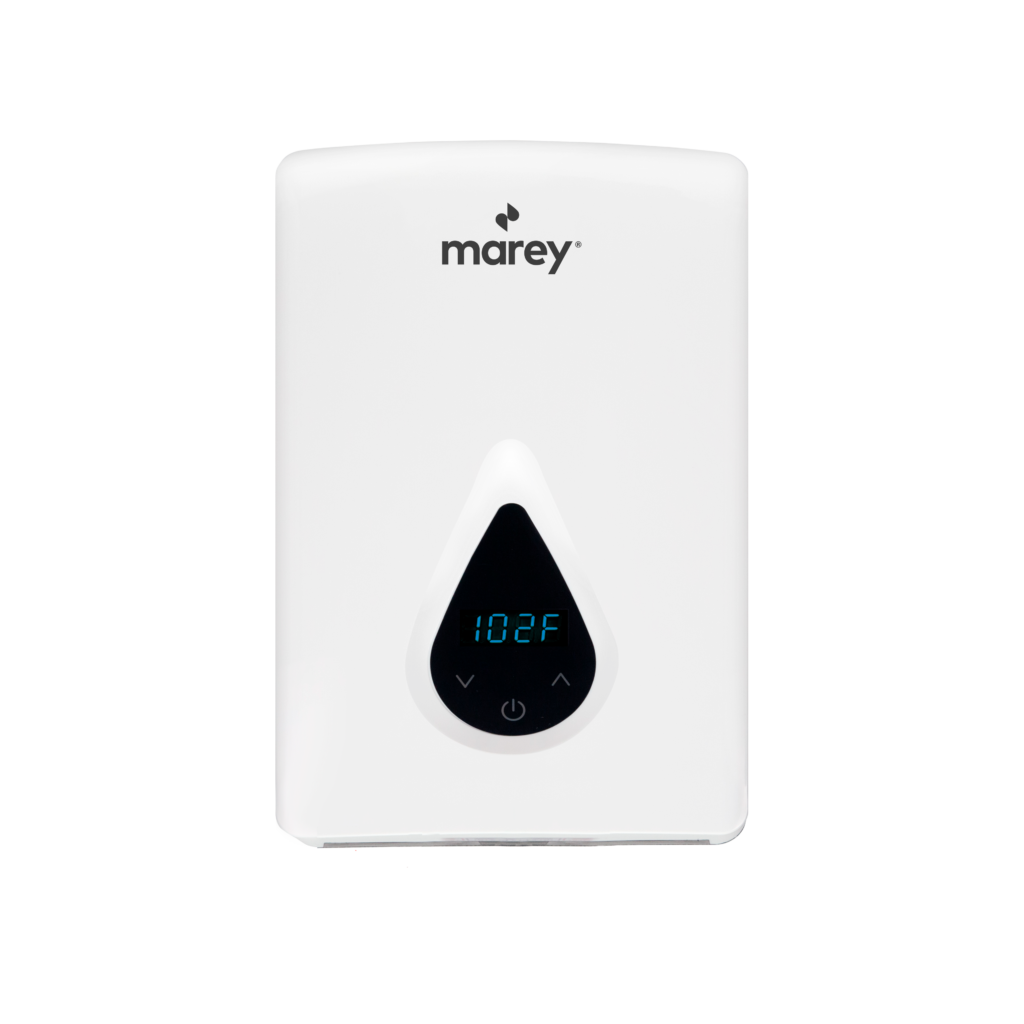Hot water is a vital resource that we all rely on daily, and it’s essential that the water we use is safe and comfortable to enjoy.
As a homeowner, you might have experienced frustratingly long waits for hot water or inconsistent temperature when using your basin faucets.
But did you know an under-sink water heater could solve these problems?
Let’s explore why every homeowner should consider installing one of these compact yet powerful devices.
Meet under-sink water heaters
If you’re looking for a way to have instant hot water at your sink without taking up too much space, a mini tank under-sink water heater is a great option.
These compact water heaters can be installed easily and provide a steady hot water supply.
Under-sink water heaters are available in different sizes, so choosing one appropriate for your needs is important.
How does an under-sink water heater work?
An under-sink mini tank water heater is typically installed in an upright position under the sink or it works as a “sandwich” unit to supply instant hot water to the point of use that is too far from the main water heater.
The water is heated by an electric heating element and stored at a pre-set temperature.
When the hot water tap is opened, the heated water is pushed out of the tank, and hot water is delivered to the tap.
Benefits of an under-sink mini tank water heater
An under-sink water heater provides many benefits for those looking for an efficient, effective, and safe way to heat water.
- These units provide hot water at the point of use, allowing for reduced energy consumption and cost savings.
- They also save you time and money by delivering hot water faster than a conventional water heater.
- Moreover, they are compact and require minimal installation, making them ideal for small spaces.
- For added safety, they don’t use an open flame and provide freeze protection if connected to power.
What size under-sink water heater do you need?
The great thing about under-sink water heaters is that they come in various sizes. It’s relatively easy to find a unit that will fit snugly beneath your sink while still delivering plenty of hot water when you need it most.
Of course, the specific size you’ll need depends on a few factors – such as how long you will have the hot water running and the available open space where the unit will be located.
Ultimately, determining which size under-sink water heater is right for you requires assessing your household’s unique hot-water needs and selecting accordingly!
Under-sink mini tank water heater regulations
If you are considering installing such a unit for your home, you must know a few under-sink water heater regulations. The USA regulations for under-sink water heaters may vary depending on the state and local codes, but some general guidelines are:
A licensed professional should install all under-sink water heaters. A DIY installation should always adhere to all local building and plumbing codes.
Under-sink water heaters must have a pressure relief valve connected.
Under-sink water heaters must be properly grounded. All installations should always adhere to all local building and plumbing codes.
Maintenance and care tips for your under-sink water heater
Check the anode rod regularly.
The anode rod helps protect the tank from corrosion, so it’s important to check it periodically and replace it if necessary.
Flush the tank regularly.
Over time, sediment can build up in the bottom of the tank, so it’s important to flush it out every few months.
Keep an eye on the temperature.
Most under-sink mini tank water heaters have adjustable thermostats, so you can ensure the water is always at the perfect temperature for your needs. If you notice the water isn’t as hot as it used to be, or if it starts fluctuating in temperature, call us.






